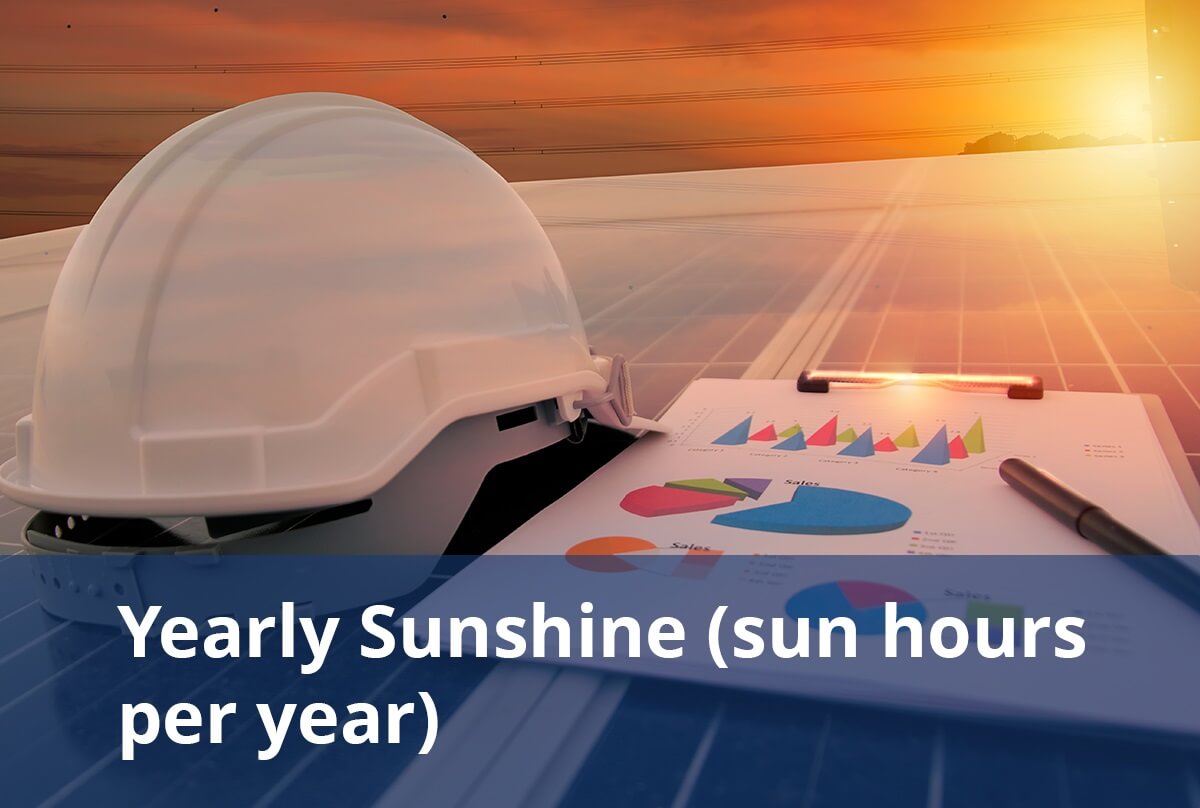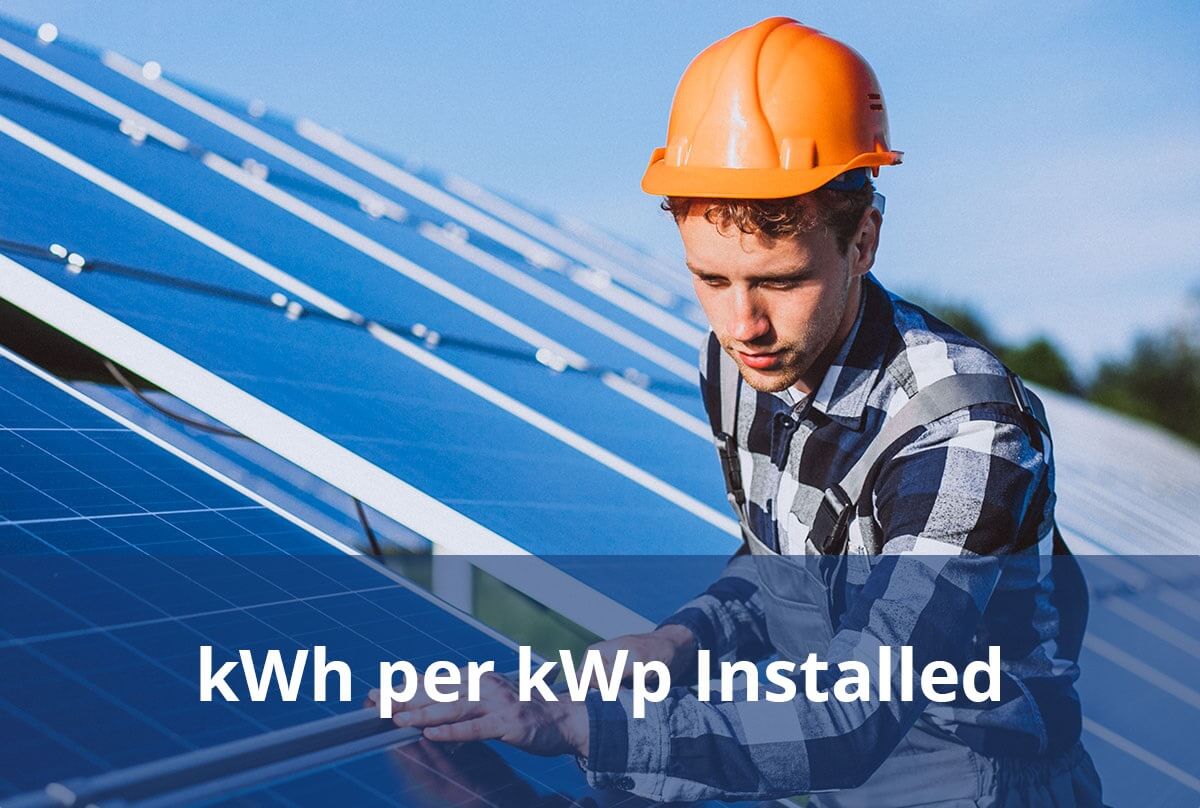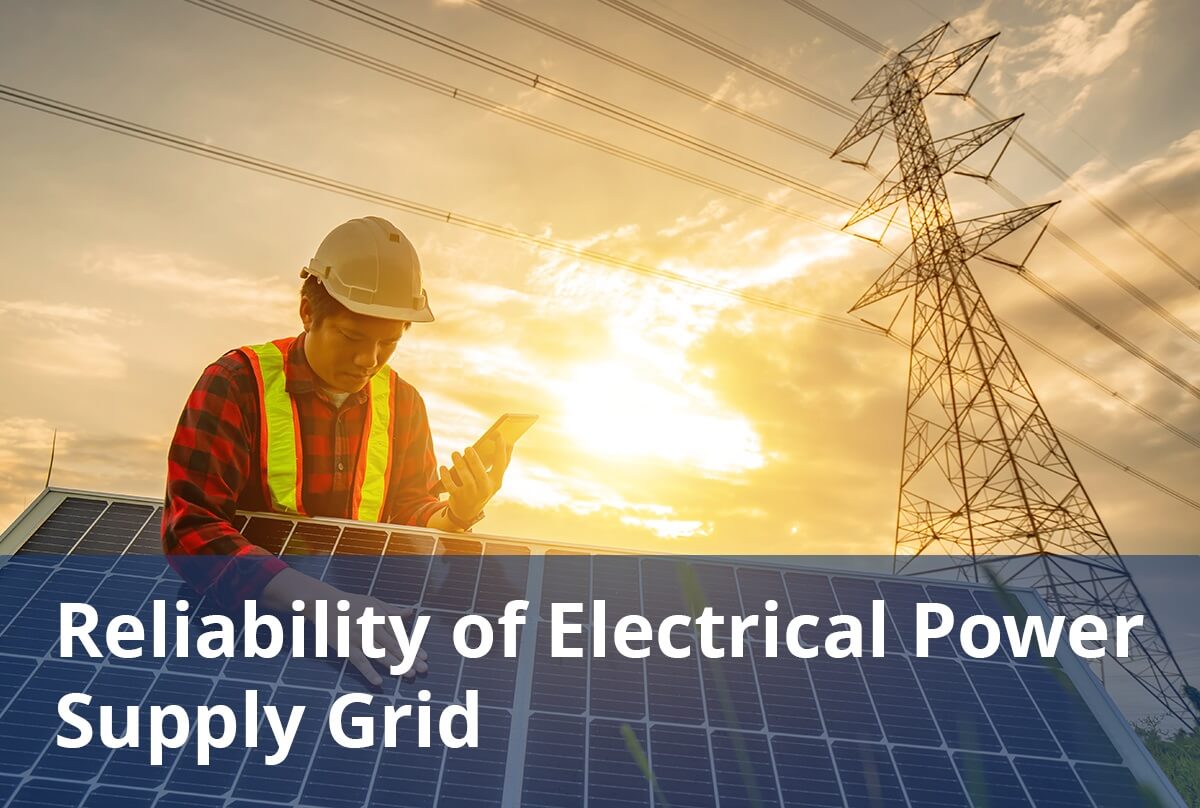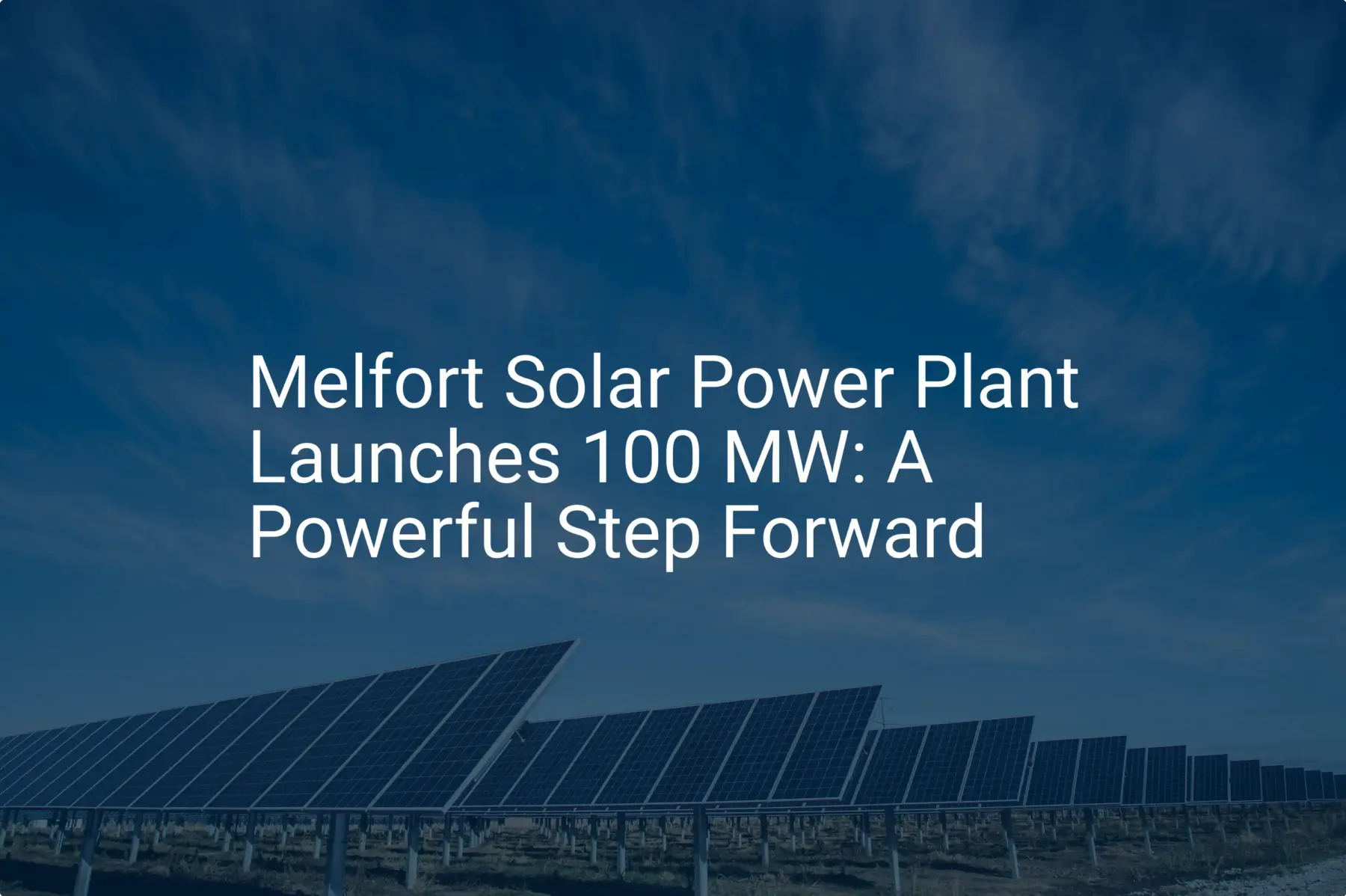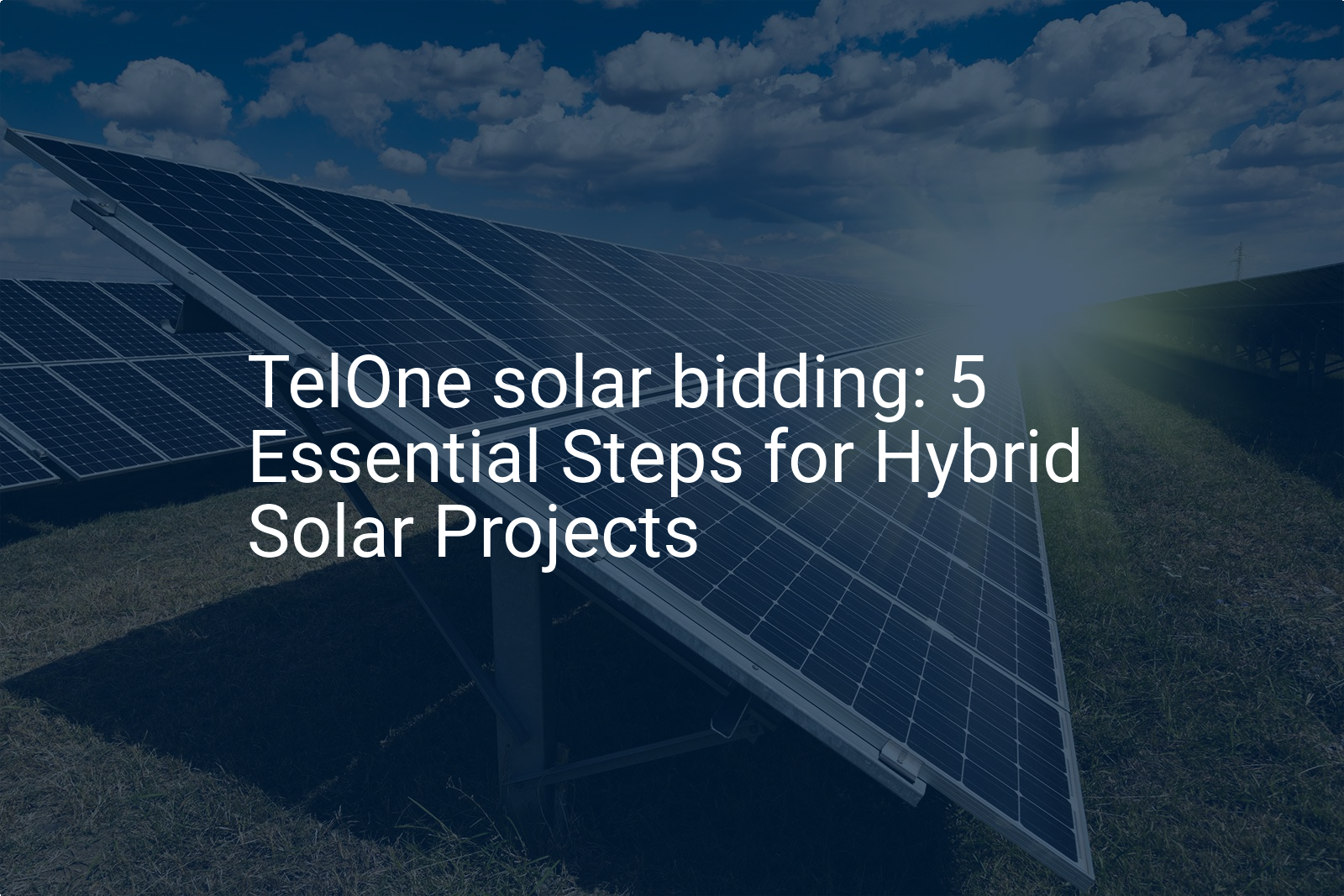Discover comprehensive insights into the statistics, market trends, and growth potential surrounding the solar panel manufacturing industry in Zimbabwe
- Zimbabwe Climate.top. (n.d.). Zimbabwe climate, average weather, temperatures, rainfall, sunshine, humidity, graphs. Retrieved from https://www.climate.top/zimbabwe/
- Energy Profile of Zimbabwe. Retrieved from https://www.irena.org/-/media/Files/IRENA/Agency/Statistics/Statistical_Profiles/Africa/Zimbabwe_Africa_RE_SP.pd
- Business Weekly (June, 2024) Power tariff increase welcome: Industry -, Retrieved from https://www.businessweekly.co.zw/power-tariff-increase-welcome-industry/
- World Bank (2023). Country Economic Update: Electrifying Zimbabwe’s Growth through Reliable and Universal Energy Access. Retrieved from https://www.worldbank.org/en/country/zimbabwe/publication/country-economic-update-electrifying-zimbabwe-s-growth-through-reliable-and-universal-energy-access
- Reuters (2023). Nyasha Chingono, “Zimbabwe aims to double power output by 2025 to meet mining demand”, Retrieved from https://www.reuters.com/world/africa/zimbabwe-aims-double-power-output-by-2025-meet-mining-demand-2023-06-01/
- Climatescope (2022) | Zimbabwe. Retrieved from https://www.global-climatescope.org/markets/zw/
- PV Magazine International (march, 2024). Zimbabwe approves 116 MW of PV projects. Retrieved from https://www.pv-magazine.com/2024/03/04/zimbabwe-approves-116-mw-of-pv-projects/
- Sengere, L. (2023, April 19). Zim could meet 50% of electricity demand using solar by 2025, says govt. From which projects? Techzim. Retrieved from https://www.techzim.co.zw/2023/04/zim-to-meet-50pc-electricity-demand-with-solar-by-2025-says-govt-which-projects-though
- Mhuruyengwe, N. (2023, October 27). Factsheet: What is the current situation with electricity in Zimbabwe? ZimFact. Retrieved from https://zimfact.org/factsheet-what-is-the-current-situation-with-electricity-in-zimbabwe/
- IEA (n.d.). Tax incentives for renewable energy – Policies. IEA. Retrieved from https://www.iea.org/policies/6006-tax-incentives-for-renewable-energy
- Anadolu Agency. (n.d.). Solar energy big hit amid Zimbabwe’s energy crisis. Retrieved from https://www.aa.com.tr/en/africa/solar-energy-big-hit-amid-zimbabwe-s-energy-crisis/1640578-s-energy-crisis/1640578#:~:text=More%20than%20100%20000%20solar
- Pombo-van Zyl, N. (2019, September 26). 39 solar power projects approved for development in Zimbabwe. ESI-Africa. Retrieved from https://www.esi-africa.com/renewable-energy/39-solar-power-projects-approved-for-development-in-zimbabwe/#:~:text=News%20from%20Zimbabwe
- Ketupda, M., & Zimbabwe, T. (n.d.). Stand Alone Solar (SAS). Retrieved May 27, 2024, from https://www.ace-taf.org/wp-content/uploads/2021/03/Stand-Alone-Solar-SAS-Market-Update-Zimbabwe.pdf#page=10.09
- Sengere, L. (2023, April 19). Zim could meet 50% of electricity demand using solar by 2025, says govt. From which projects? Techzim. Retrieved from https://www.techzim.co.zw/2023/04/zim-to-meet-50pc-electricity-demand-with-solar-by-2025-says-govt-which-projects-though/#:~:text=The%20International%20Renewable%20Energy%20Agency
- Zimbabwe | 2018/19 Average Salary Survey. (2018). Retrieved from https://www.averagesalarysurvey.com/zimbabwe
- Worldometer. (2019). Zimbabwe Population (2019) – Worldometers. Retrieved from https://www.worldometers.info/world-population/zimbabwe-population/
- Climate General Central (n.d.). Electricity in Zimbabwe – Energy Production in Zimbabwe. Retrieved Mfrom https://www.climatejusticecentral.org/posts/electricity-in-zimbabwe#:~:text=As%20of%202021%2C%20Zimbabwe
- Zimbabwe Renewable Energy Market | 2022 – 27 | Industry Share, Size, Growth – Mordor Intelligence. Retrieved from https://www.mordorintelligence.com/industry-reports/zimbabwe-renewable-energy-market/market-trends
- Group, G. L. International Comparative Legal Guides. International Comparative Legal Guides International Business Reports. Retrieved from https://iclg.com/practice-areas/renewable-energy-laws-and-regulations/zimbabwe
- Shetty, S. (2022, December 29). Zimbabwe Proposes Incentives of $1 Billion for Solar Energy Projects. SolarQuarter. Retrieved from https://solarquarter.com/2022/12/29/zimbabwe-proposes-incentives-of-1-billion-for-solar-energy-projects/
- Riverside Solar Power Station – Nyangani Renewable Energy. Retrieved from https://www.nrezim.com/projects/riverside-solar-power-station/
- kgi-admin. (2021, December 24). Power plant profile: Gwanda Solar PV Park, Zimbabwe. Power Technology. Retrieved from https://www.power-technology.com/data-insights/power-plant-profile-gwanda-solar-pv-park-zimbabwe/
- Chandak, P. (2024, April 23). Zimbabwe Finalizes Solar Power Agreement With SkyPower For Green Giant Project. SolarQuarter. Retrieved from https://solarquarter.com/2024/04/23/zimbabwe-finalizes-solar-power-agreement-with-skypower-for-green-giant-project/#google_vignette
- Global Solar. (n.d.). Retrieved from http://www.globalsolar.co.zw/
- Cool Solar Africa – specialist solar equipment suppliers. (n.d.). Retrieved from https://www.cool-solar-africa.com/
- Nyangani Renewable Energy. (2024, April 12). Home – Nyangani Renewable Energy. Retrieved from https://www.nrezim.com/
- Zimbabwe Power Company. (n.d.). About us. Retrieved from https://www.zpc.co.zw/about-us
- Corpo, I. (2024, June 7). Iskraemeco corpo. Iskraemeco Corpo. Retrieved from https://iskraemeco.com/
- Water Tariff – Zimbabwe. https://zinwa.co.zw/wp-content/uploads/2023/10/USD-tariffs.pdf
- Zimbabwe Property for Rent – https://www.property.co.zw/

